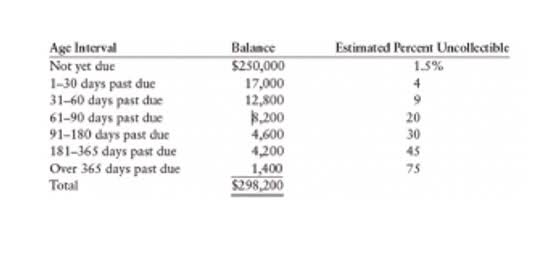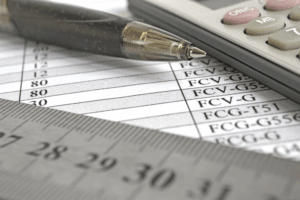
This illustrates that in this example, 25% of your sales revenue is allocated to your Outsource Invoicing cost of goods sold account. For instance, you might want to look into why your production costs have risen more quickly than your revenue if the percentage is significantly higher the following year. The sales percentage calculator is a financial tool to assess the sales percentage of an individual item compared to the total sales of all the items of a brand. It is necessary to know the percentage of sales of certain goods sold at a certain rate. Why is calculating the percentage of sales important for businesses?

Sales Projections — What They Are and How to Create Them
- Understanding how to calculate the percentage of sales is a fundamental skill for anyone involved in business, marketing, or finance.
- Just like weather forecasters sometimes get it wrong, the percentage of sales method also has limitations.
- This data encompasses sales and all business expenses related to sales, including inventory and cost of goods.
- Here are some things I suggest you consider before relying on this model.
- Following a few simple steps, you can forecast future revenues and expenses to ensure your business stays on track.
- We’ll also show you a real-life example, highlighting its benefits and drawbacks.
Once she has the specific accounts she wants to keep tabs on, she has to find how they stack up to her overall sales figures. For the sake of example, let’s imagine a hypothetical businessperson, Barbara Bunsen. She operates a specialty cake, army bed, and cinnamon roll shop called “Bunsen’s Bundt, Bunk Bed, Bun Bunker” or “B6” for short. We’ll use her business as a reference point for applying the percent of sales method. Still, despite its shortcomings, I think the percent of sales method is a useful method worth understanding and being able to apply.

Percentage of Sales Method Calculator
It’s one of the most effective ways a company can come up with a thorough financial outlook statement. Although a company cannot get exact numbers in this manner, it is still a useful way to understand the organization’s near-term financial outlook. You need to be aware of the financial line item you wish to analyze and your company’s sales data bookkeeping in order to make a financial prediction using the percentage of sales method. It is ideal for calculating various percentages related to sales figures. It is especially useful for analyzing metrics like sales tax, discounts, growth, or expense percentages relative to total sales. Businesses and individuals alike can use it to track performance, optimize pricing, or calculate profitability.
- Since the cost of acquiring the products is increasing, the organization wants to determine whether it must increase the price of the t-shirts.
- The Percentage of Sales Method Calculator simplifies financial computations, providing quick and accurate results.
- Under Percent of Sales method, we increase the account by the percent of sales each month for that month’s credit sales.
- Let us look at his percentage of sales method calculation example to understand the concept better.
- Before making predictions regarding financial health, businesses must accumulate data concerning their expenses and sales.
- The percent of sales method is one of the quickest ways to develop a financial forecast for your business — specifically for items closely correlated with sales.
- In summary, the percentage of sales calculation is a straightforward yet powerful tool that offers valuable insights into business operations.
Calculating Percentage of Sales for Expenses and Assets

Before making predictions regarding financial health, businesses must accumulate data percentage of sales method formula concerning their expenses and sales. Then, they can utilize their accounting documents to find the figures. Organizing the data before calculating can improve the process’s efficiency and accuracy.

Another key advantage of the percentage of sales method is that it helps develop high-quality estimates for items closely correlated with sales. Ultimately, businesses want revenue to increase proportionately to costs. In the absence of this, the management team can identify the costs that are rising and determine whether any cost-cutting measures are necessary.



